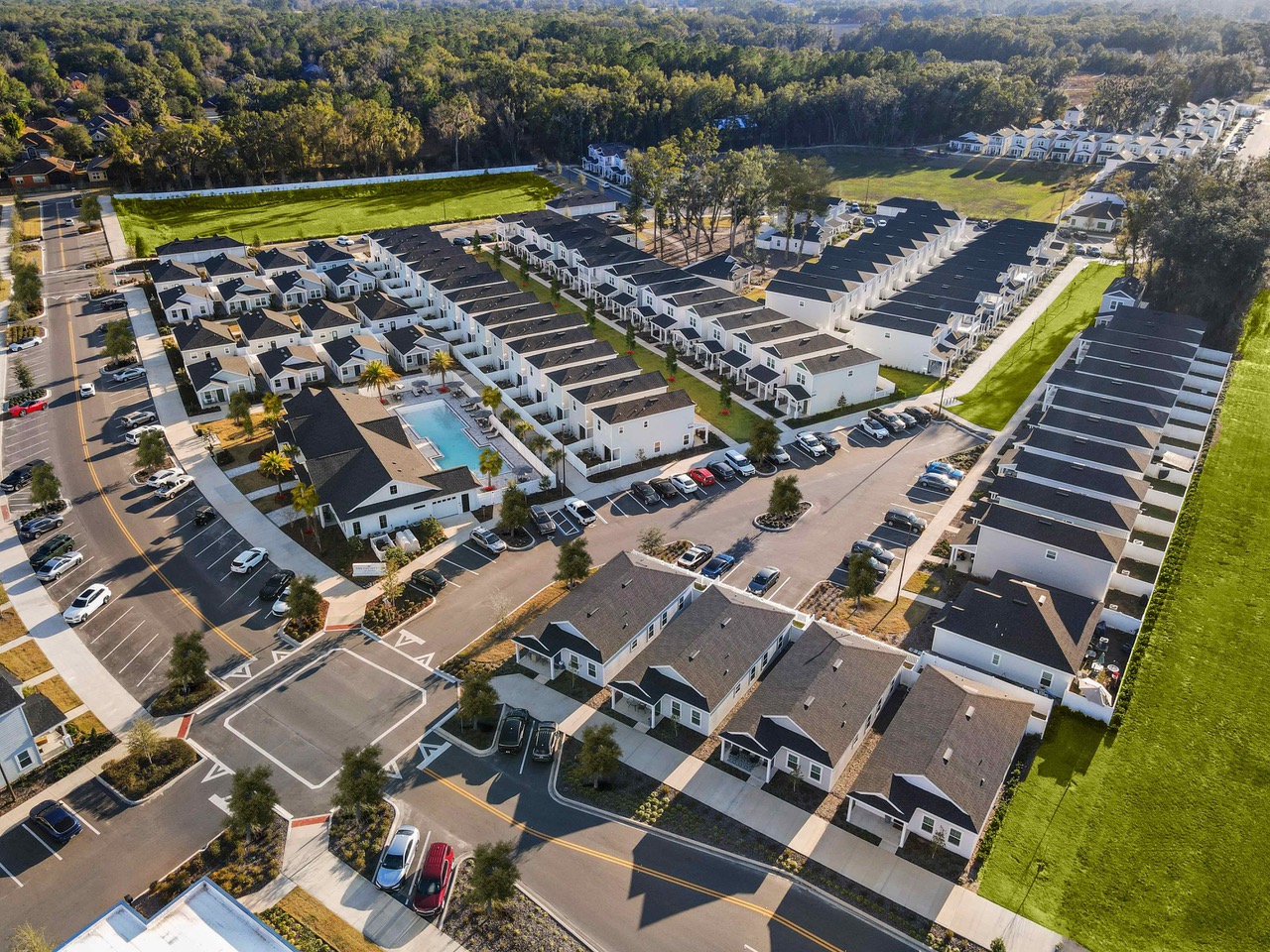UK: Investment into the living sector exceeded £10 billion in Q3 2022, with JLL predicting total investment for the year could surpass the £13.8 billion recorded in 2021.
The investment has mainly been by growth across BTR, PBSA and healthcare.
According to law firm Shoosmiths, the strong appetite from investors and funders demonstrates the appeal of the UK’s living sector, which is capable of delivering institutional grade returns, even despite a challenging policy and economic climate.
Although 2023 will present challenges, with interest rates and inflation above target, Shoosmiths says the UK’s living sector is resilient, and further potential can be unlocked, with developers, operators, investors and funders able to play a key role in addressing the nationwide housing shortage, with current demand far outstripping residential supply.
Of the £10 billion that had been deployed in the UK’s living sector from Q1 to Q3 last year, BTR accounted for almost half of the investment, with £4.9 billion entering the market.
The level of BTR investment in Q3 2022 alone had doubled year-on-year. The market is expected to continue growing, with research from the British Property Federation and Savills showing that completed BTR homes are projected to increase fivefold to reach 380,000 by 2032.
Shoo smiths says that for investors, funders and developers, BTR poses opportunities to tap into real estate returns, but also those associated with the facilities and services provided. As an asset class, it remains underpinned by capital value growth and the long-term returns that can also be realised should an investor choose to break up and sell parts of their portfolio.
The most acute shortage of inventory is in the later living sector. The recent Mayhew Review revealed that the UK is failing to adapt to the impact of an ageing population, with only around 7,000 retirement homes being built each year. This is in contrast to the 50,000 new units the Review outlines are needed annually.
Shoosmiths says it is critical that more is done to create later living homes in 2023, and that the recommendations of the Mayhew report must be considered seriously, especially regarding planning and putting retirement housing on a level playing field with other developments.
PBSA is also impacted by an undersupply of stock – a shortage of 450,000 beds is anticipated by 2025.
Investors, funders and developers have a vital role to play in bringing forward new accommodation and helping meet the demand for beds. There are external factors that the sector is currently navigating to deliver the level of development needed, including rising utility costs and interest rates – making funding and operating PBSA more challenging.
However, as highlighted in Shoosmiths’ recent roundtable, the student accommodation market has overcome crises before. It is no stranger to volatility and, with a sustained demand for beds, the sector has the potential and track record to continue its growth, generating returns for those funding, developing and investing in PBSA.
The PBSA market has matured enough to no longer be viewed as an alternative asset class, says Shoosmiths, and the focus for 2023 must be on responding to changing student needs. That means bringing forward more quality, versatile and varied PBSA to the market – mitigating the risk of assets becoming stranded and of less interest to potential residents and investors.








